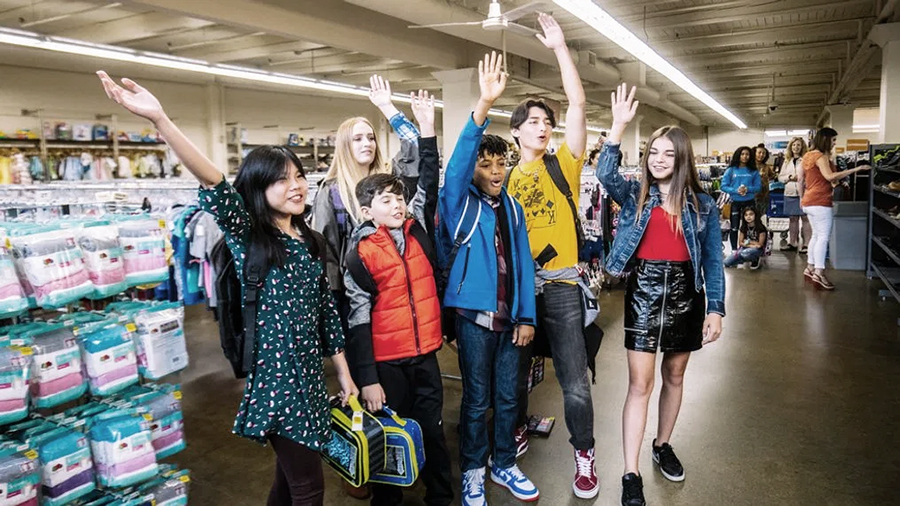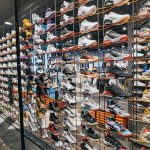A survey of parents who have started back-to-school shopping conducted by Morning Consult found that 57 percent believe school supplies cost more this year than they did last year. A majority (59 percent) noted that inflation in general as the cause for the price increases, while 37 percent cited tariffs specifically.
The Morning Consult survey, conducted between May 24 and 26, included 287 parents who started back-to-school shopping early. However, the consumer insights platform noted that most parents indicated they would not begin shopping in earnest until later in July or early August when the major summer sales begin.
The survey found that respondents plan to spend about the same amount as they did in 2024 on all their back-to-school shopping. When asked how much they plan to spend on back-to-school items overall, a plurality said between $251 and $500, similar to the 2024 results. Morning Consult said, “That might mean buying fewer or lower-cost items than what parents bought last year to compensate for higher costs.”
Among the categories, clothing accounted for the largest share of surveyed respondent budgets.
To manage inflationary pressures, many respondents plan to cut back on other expenses (39 percent), take on credit card debt (28 percent) or forego certain items (26 percent). Paying off the cost over time is another way some in the survey will choose, with nearly one-in-five (17 percent) stating they will use buy now, pay later loans to cover back-to-school costs.
Among the respondents, 46 percent plan to shop on Amazon Prime Day, July 8-11, for back-to-school, and 29 percent plan to take advantage of other summer holiday sales.
Shopping secondhand was also noted by roughly one in 10 surveyed respondents as a way to save money this back-to-school shopping season, specifically on books, electronics and clothing.
School supplies that get used up every year are most likely to be purchased new.
A survey of parents who have started back-to-school shopping from Morning Consult found 57 percent believe school supplies cost more than they did last year. A majority (59 percent) blamed inflation in general is causing these price increases, while 37 percent cited tariffs specifically.
Image courtesy Goodwill














